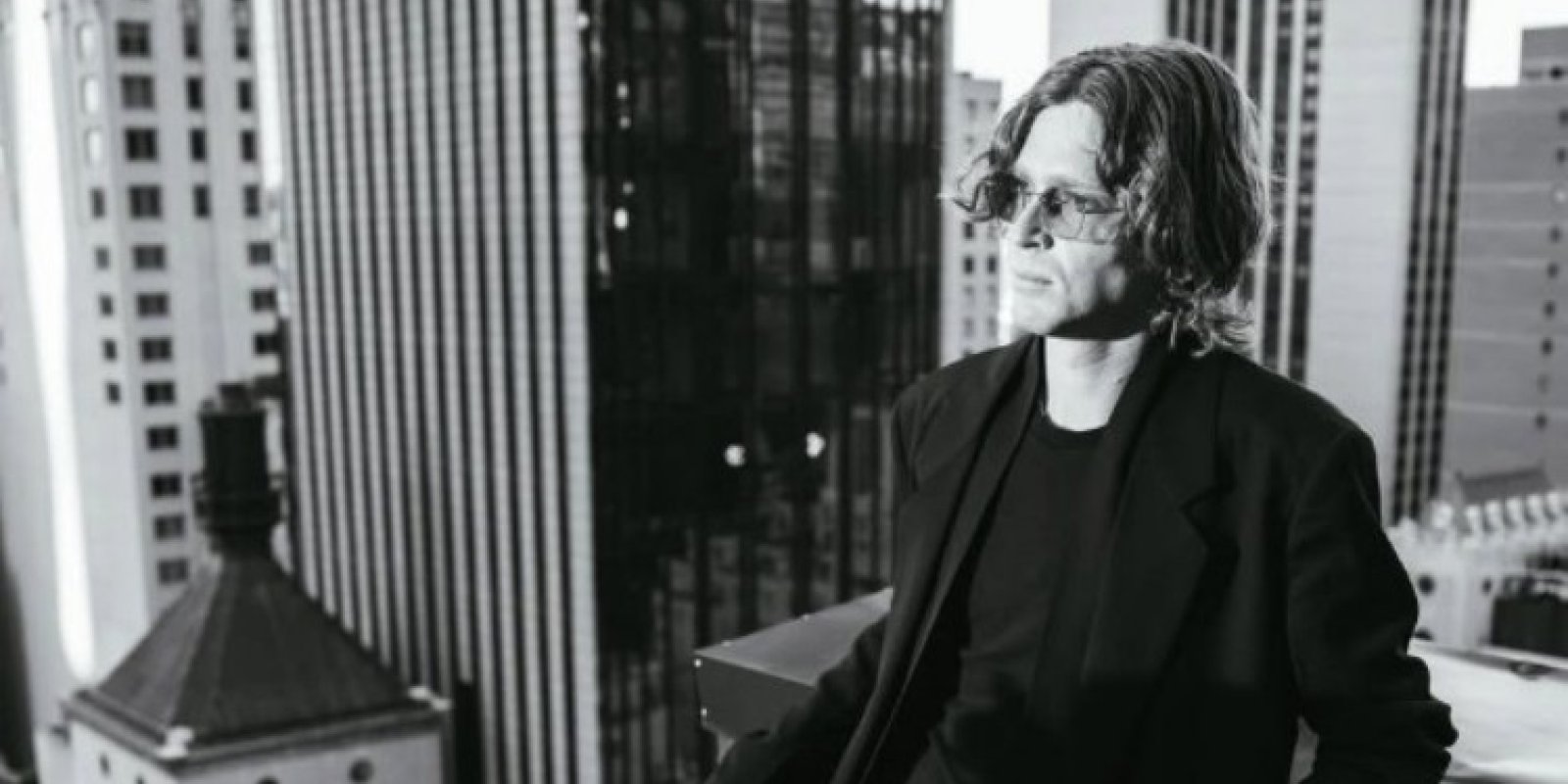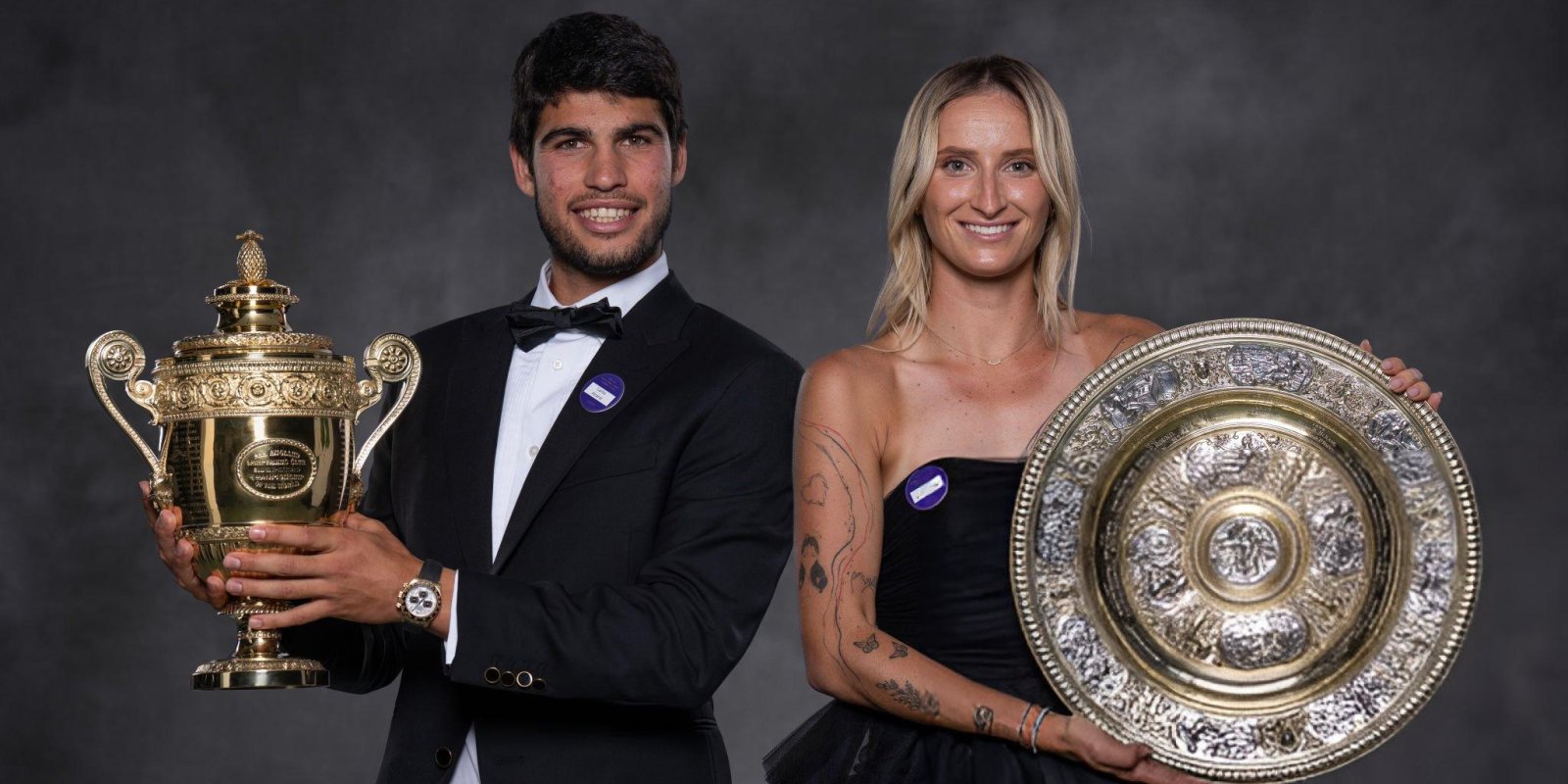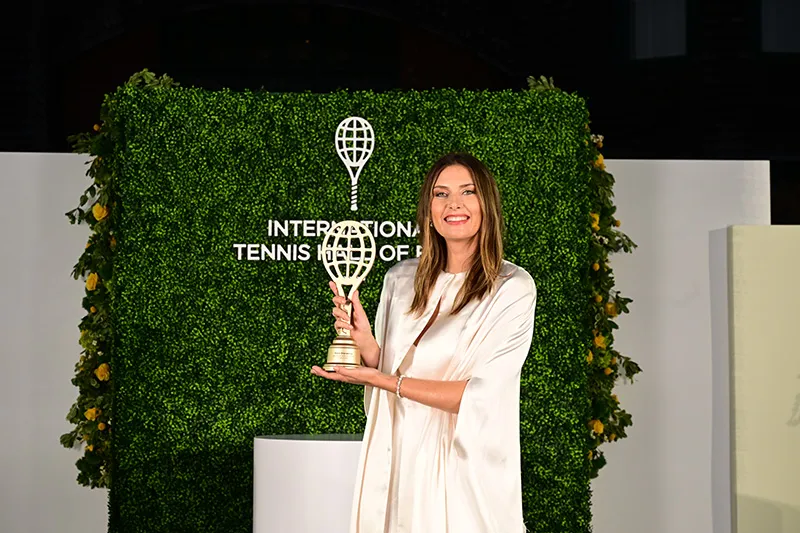
Sometimes half an hour — a racquet, a court, and silence — is enough to feel the pulse of an old life. Having retired in 2020, Maria Sharapova unexpectedly for herself logged her first full tennis practice in more than two years and shared small but telling details from the experience.
A Guest at Tournaments — Not a Competitor
Since leaving the tour, Sharapova has appeared more often as an invited star: she has been in the stands at the US Open and Wimbledon, attended ceremonies including the unveiling of Billie Jean King's star on the Hollywood Walk of Fame, and was formally inducted into the International Tennis Hall of Fame. On court, she could mostly be seen at exhibition activities — and sometimes with a pickleball paddle in hand.
First Session in Years: From Sneakers to Price Tags

The training comeback started with a mundane detail: the tennis sneakers were not found right away — a symbolic sign that the pause really had been long. Next came a market reality: stringing a racquet for $78. For U.S. shops this is now a standard price for professional string work, yet even for a former world No. 1 the tag sounded surprising and doubled as a reminder of how much in tennis hinges on routine and the little things.
Tight Strings and a Nod From the Stringer
Sharapova kept her usual match setup: 61/59 pounds — that is, roughly 27.7 kg on the mains and 26.8 kg on the crosses. The master stringer approved — such a tight tension is typical for professionals who value control, a predictable response, and a stable launch. The remark carried a compliment: that is how players who can truly “hold” the ball and maintain racquet-head speed tend to string their frames.
Thirty Minutes of Pure Focus
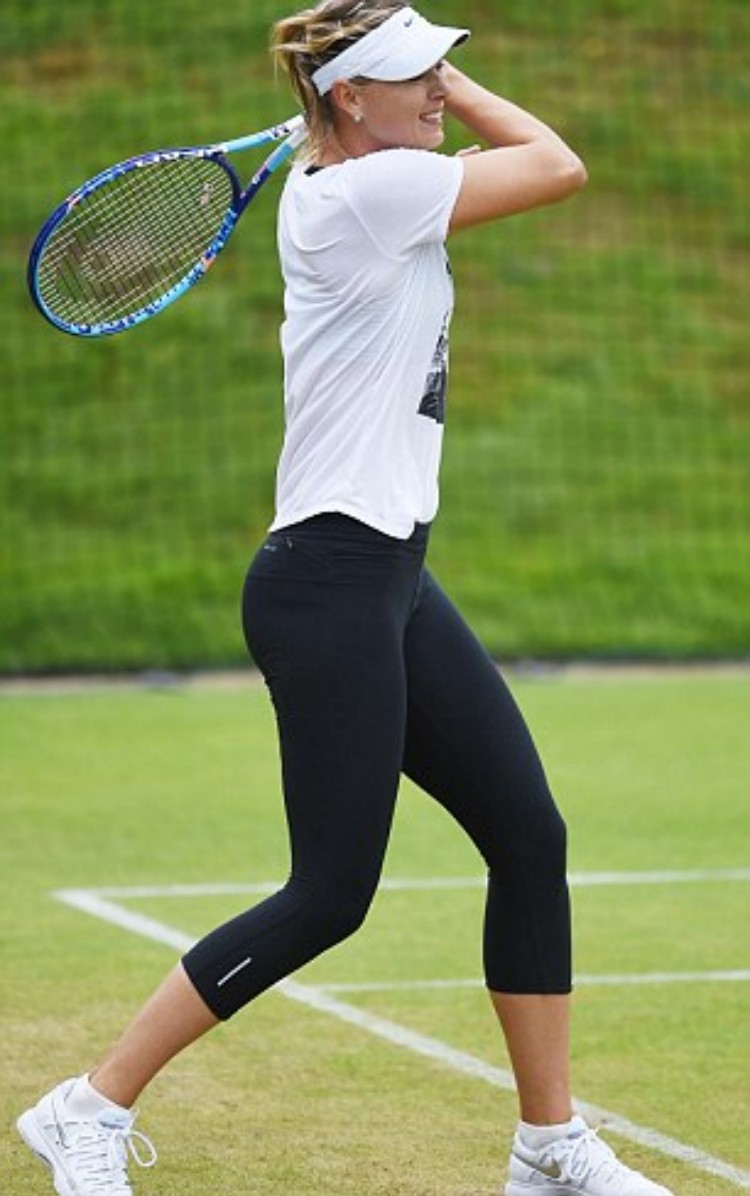
"The best 30 minutes of the day" is how Maria described the session. No phone, no notifications, no small talk: just the rhythm of shots, the bounce, step-turn, and a full follow-through. When everything extra is switched off, what many love about the court switches on — pure concentration, where you read the opponent’s spin and your own timing better than any cue.
Tennis as a Craft and a Puzzle
There is an important idea in Sharapova’s autobiography: for a professional, tennis stops being a “game” in the everyday sense. It is a sport, a system of equations, and a long-haul test of character. It can exhaust and save you, be an opponent and a support at the same time. You don’t have to “love” it madly — what matters more is acknowledging its inevitability in your life and doing the work honestly: shot by shot, breakdown by breakdown, match by match.
What Remained After the Break
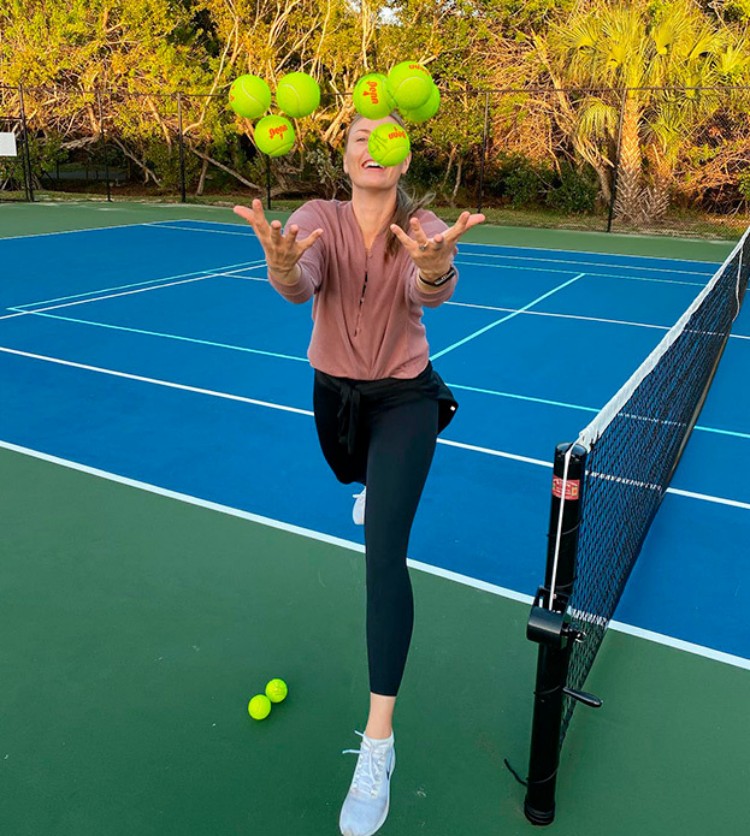
This brief session was not a comeback announcement, but it showed that the connection to the court doesn’t snap even for those not inclined to romanticize tennis. The habit of tight strings, professional fussiness about details, and a taste for the practice hush — all of it is still there with Maria. Sometimes half an hour back on court is enough to remember: tennis can be both enemy and friend, but the moment you pick up a racquet again, it is part of you.

